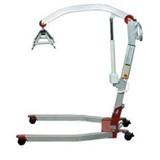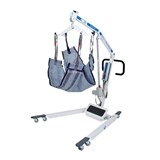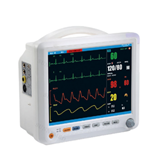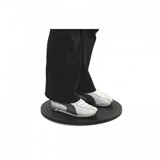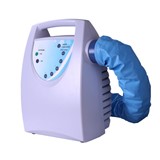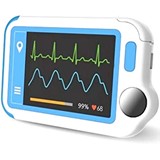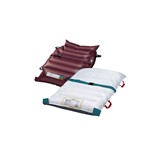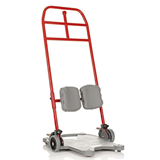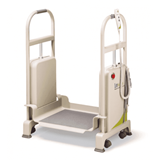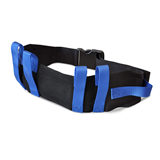Post-discharge anxiety
The study found while patients knew why they went into hospital, many had very little understanding of the tests performed while there, and recommendations for what to do when they go home.
"Patients can often be anxious, and this may interfere with their understanding and recall of what has happened in hospital and what the required follow-up is," said the study's lead investigator Professor Geoffrey Tofler from the University of Sydney, and Cardiologist at Royal North Shore Hospital.
"Discharge summaries are typically written for the doctors not the patient, so often use complex medical terminology that the patient doesn't understand. The end result is that recommendations are often discarded.
"This lack of understanding when patients make the transition from the hospital to the community can lead to health problems, including an increased need for re-hospitalisation."
PADDLE letter
In the study, patients were given a brief one-page letter, a PADDLE, that was written in simple language that summarised their hospitalisation. The letter was then discussed with the patient.
The letter was divided into four sections:
- The reasons for hospitalisation (symptoms and diagnosis)
- Tests and results whilst in hospital
- Treatments received in hospital
- Recommendations once discharged from hospital
"Our results found that the letter was well received by the patients, with 93 per cent rating it very helpful or helpful," Professor Tofler said.
"Patients leaving hospital after receiving the discharge letter are much better informed about their medical condition and their role in the critical early period post-discharge."
Tony Spencer, a patient recipient of the PADDLE letter said: "I found Dr Tofler's patient letter extremely helpful when I left hospital after being treated for a heart condition.
"Being succinct and personally written, it served as a quick checkpoint to assure me that I am following the right course of action.
"The letter covered my follow-up appointments, medications, and reinforced the need for lifestyle changes such as quitting smoking.
"It also explained the heart scan I had while in hospital as I had been unable to get information on the outcome prior to that.
"Without doubt, the patient letter will result in more people following their prescribed recommendations."
Fast, simple admin process
"The patient discharge letter only takes 5-10 minutes to write (completed by the patient's doctors) with the contents explained to the patient at their bedside," Professor Tofler said.
"This is a small change to practice that could make a large difference in patients' lives, and could prevent subsequent hospital readmissions and their associated costs.
"Interventions that improve understanding for the patient and their families are becoming increasingly important, and together with more rigorous discharge planning and post-discharge patient education, we can improve outcomes.
"The PADDLE letter deserves further evaluation and consideration for integrating into routine discharge practice."


